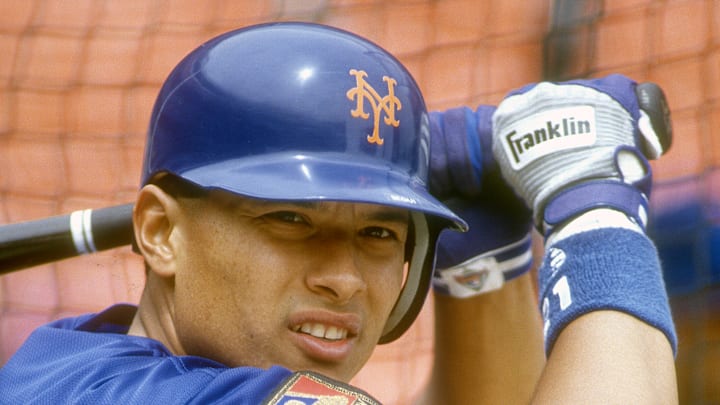1) Worst NY Mets trade with a division rival: Juan Samuel from the Phillies
You knew it was coming. Even worse than the Rico Brogna trade was the far more infamous trade deadline deal in 1989 for Juan Samuel. Everything about this trade was horrific. You can put it right behind Tom Seaver to the Reds and Nolan Ryan and more for Jim Fregosi.
The Mets traded Lenny Dykstra and Roger McDowell to the Phillies for Juan Samuel. Samuel had spent much of the 1980s stealing bases, striking out, and playing second base. He had recently transitioned into center field where the Phillies were hoping his speed could benefit them more defensively. He was never very good at second base.
Samuel hit only .228/.299/.300 for the Mets in his 86 games during the 1989 season. He did swipe 31 bases but with the team failing to make it to the postseason it felt like an error in judgment. They were going for what they believed was an immediate upgrade when they apparently had the answer already on their roster. Why couldn’t Dykstra just handle everyday center field duties?
Dykstra was a huge success in Philadelphia. He made three All-Star teams and even led the league in hits his first full season there. In 1993, he was the MVP runner-up. His forearms were about as big as Segui’s and for the same reason. McDowell was also very good for the Phillies in relief but would end up traded in the middle of the 1992 season to the Los Angeles Dodgers where he continued to have some successful seasons. Samuel would end up with the Dodgers as well with the Mets trading him the first offseason they could.
As a topper to this trade, the Mets even gave up a prospect, Tom Edens. He never made the majors but it just shows how far off they were at assessing Samuel’s value.
